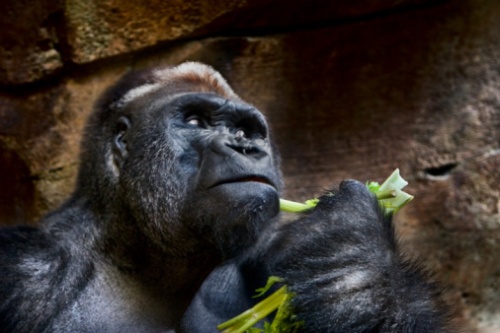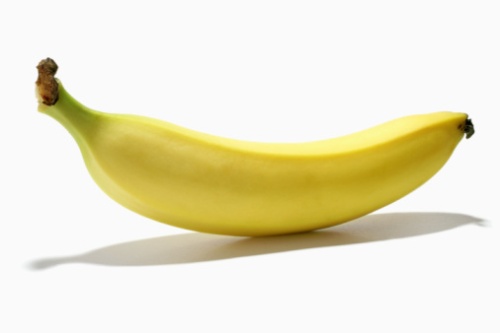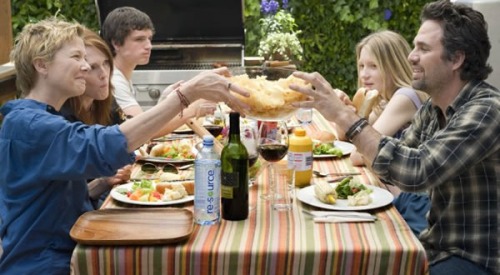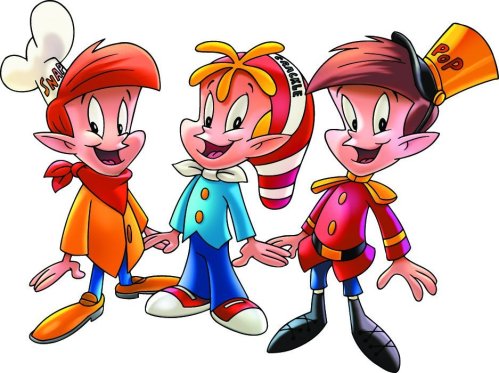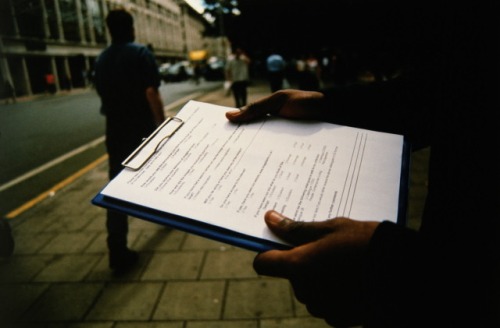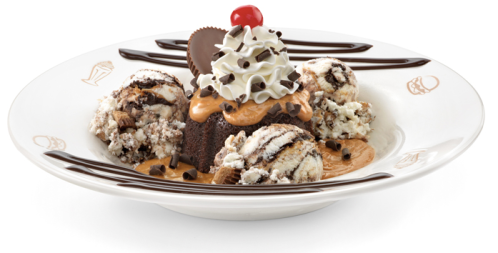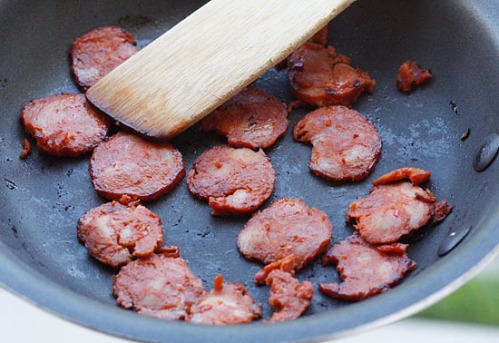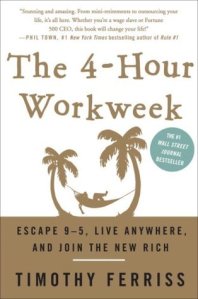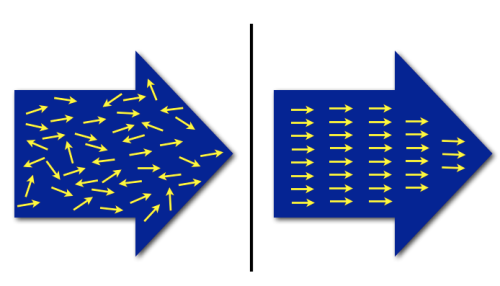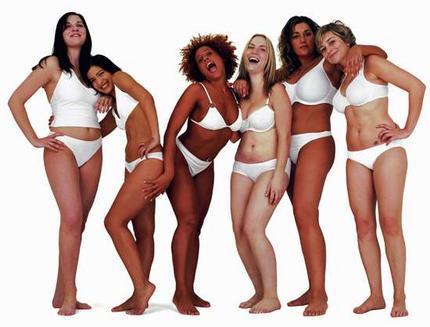
We all know the first rule of anything… learn when it’s time to break the rules.
So here is one of advertising’s very first: Always represent the aspiration, the win, the way things could be if you only chose the advertiser’s product or service.
It was advertising’s first copywriting superstar, Claude Hopkins, who led the charge, chiding the industry to always show the clean teeth, the whiter than white whites, and the car that always starts, as opposed to their less than desirable counterparts. And good ole’ Claude, being the direct response black belt that he was, had the data and results to back up his beliefs.
But consumers don’t have perfect teeth, and accordingly many pundits make the case for “reality in advertising.” They believe that the more consumers can see themselves in ads, in all their imperfect glory, the more they can relate and respond. Dove’s celebrated “real women” campaign and many more like it make a vivid case for this approach.
The evolution to “real world” ads was a long time coming. Speaking about the ads of the times in 1981, novelist Mary McCarthy said “The thing that repels us in these advertisements is their naïve falsity to life. Who are these advertising (experts) kidding? Between the tired, sad, gentle faces of the subway riders and the grinning Holy Families of the Ad-Masses, there exists no possibility of even a wishful identification.”
We’ve come a long way Mary.
But in The New York Times last Sunday the break between advertising’s happy, perfect world and the rest of us proved to be jarringly disconnected. Perhaps not in an ad-to-ad comparison, but clearly in an illustration of how advertising’s over-the-top representation of our world can be so out of touch: A full-page article titled “A Year Later, Haunted but Hopeful, Haiti Struggles Back”, complete with photos of children and prosthetic limbs was placed directly next to a full page ad for the Atlantis Resort in the Bahamas – an “Escape Winter…” from $399, wine, sushi, martinis, with care free, debt-loving Americans splashing their way down a water slide.
Ouch.
Those in advertising have a job to do: Put their client’s products and services on a pedestal. And in fact even the Dove campaign didn’t show imperfect women bogged down by loads of laundry, frazzled by the dog barking out of control while the kids argued about cleaning their rooms: It showed an honest array of strong women, stripped down, proud, champions of their bodies and images. And Atlantis isn’t guilty of being anything other than a truly world-class destination, a place where families can lose themselves in 100% unadulterated fun.
So what’s the problem? The problem is that there’s a rule at The New York Times about the oversight between advertising and editorial content: According to the Times Brian Fidelman, “The content of advertising does not dictate how or where we present the news.”
Perhaps comforting that there’s a firewall between advertisers and the news, the lack of communication between them will keep causing inappropriate ad placements like last week’s guffaw.
No, there is no perfect solution. And for every ad that represents the realty of our lives, there will continue to be five more that show the ideal. But in the case of the New York Times and their silos, I would remind those titans of journalism to embrace the first rule of rules: Learn when and how to break them.

